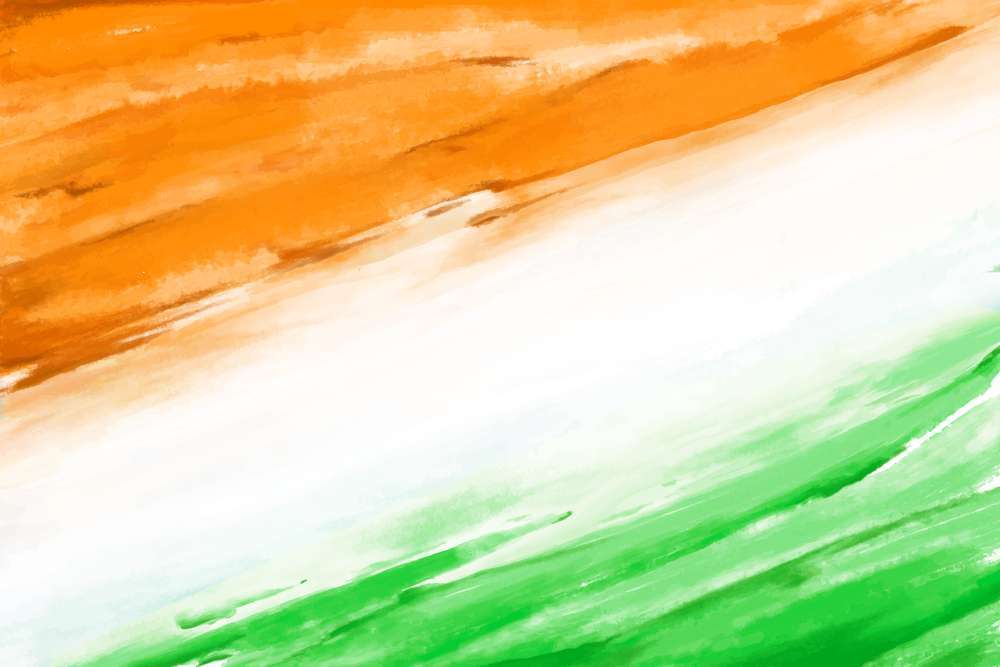India, with its rich tapestry of cultures, traditions, and festivals, offers travelers a unique opportunity to immerse themselves in a vibrant and diverse cultural landscape. From the colorful celebrations of Holi to the spiritual fervor of Diwali, from the ancient rituals of Kumbh Mela to the joyous festivities of Durga Puja, India’s festivals and traditions are a reflection of its rich heritage and vibrant spirit. In this article, we’ll explore some of India’s most iconic festivals and traditions, along with tips for travelers seeking to experience them firsthand.
Diwali: The Festival of Lights
Diwali, also known as the Festival of Lights, is one of India’s most widely celebrated festivals, symbolizing the victory of light over darkness and good over evil. Observed by Hindus, Sikhs, Jains, and Buddhists, Diwali is marked by the lighting of lamps, fireworks, feasting, and the exchange of gifts. Travelers visiting India during Diwali can experience the festive atmosphere in cities like Delhi, Jaipur, and Mumbai, where streets and homes are adorned with colorful decorations and illuminated with diyas (oil lamps). To fully immerse yourself in the spirit of Diwali, participate in local customs such as lighting firecrackers, decorating rangoli patterns, and indulging in traditional sweets like ladoos and jalebis.
Holi: The Festival of Colors
Holi, often referred to as the Festival of Colors, is a joyous celebration that marks the arrival of spring and the triumph of good over evil. During Holi, revelers gather in streets and open spaces to throw colored powders and water at each other, creating a riot of colors and laughter. Travelers seeking to experience Holi in India can head to cities like Mathura, Vrindavan, and Jaipur, where the festivities are particularly vibrant and exuberant. To fully immerse yourself in the spirit of Holi, dress in white clothing, join the crowds in dancing to traditional music, and savor festive treats like gujiya and thandai.
Kumbh Mela: The Largest Religious Gathering
The Kumbh Mela is one of the largest religious gatherings in the world, attracting millions of pilgrims and tourists from across India and beyond. Held every twelve years in rotating locations along India’s sacred rivers, the Kumbh Mela is a spectacle of devotion, spirituality, and ancient rituals. Travelers visiting India during the Kumbh Mela can witness colorful processions of sadhus (holy men), take part in sacred bathing rituals, and attend spiritual discourses and cultural performances. To make the most of your experience at the Kumbh Mela, immerse yourself in the spiritual ambiance, engage with pilgrims and sadhus, and participate in rituals like the holy dip in the sacred river.
Durga Puja: Celebrating the Goddess
Durga Puja is a major Hindu festival celebrated with great fervor and devotion, particularly in the eastern states of West Bengal, Assam, and Odisha. The festival commemorates the victory of the goddess Durga over the demon Mahishasura and symbolizes the triumph of good over evil. During Durga Puja, elaborately crafted idols of the goddess Durga are worshipped in beautifully decorated pandals (temporary temples), accompanied by music, dance, and cultural performances. Travelers visiting India during Durga Puja can witness the grandeur of the celebrations in cities like Kolkata, where pandal-hopping and feasting on traditional Bengali cuisine are integral parts of the festival experience.
Navratri and Dandiya Raas
Navratri, meaning “nine nights,” is a Hindu festival dedicated to the worship of the goddess Durga in her various forms. Across India, Navratri is celebrated with devotional songs, prayers, and colorful dance performances known as Dandiya Raas. Travelers visiting India during Navratri can participate in Dandiya Raas events held in cities like Ahmedabad, Vadodara, and Mumbai, where people come together to dance in synchronized movements with sticks or dandiya. To fully immerse yourself in the festive spirit of Navratri, dress in traditional attire, learn the steps of Dandiya Raas, and join the lively celebrations that continue late into the night.
Indian Visa Airports and Seaports allowed
Tips for Cultural Immersion
- Respect Local Customs: Familiarize yourself with the customs and traditions associated with each festival, and respect local practices and beliefs.
- Dress Appropriately: Wear appropriate attire that respects cultural sensitivities and traditions, especially when visiting temples and participating in religious rituals.
- Engage with Locals: Interact with locals, learn about their customs and traditions, and participate in local festivities to gain a deeper understanding of Indian culture.
- Try Traditional Cuisine: Sample traditional festival foods and delicacies to savor the flavors of Indian cuisine and immerse yourself in the culinary delights of the region.
- Stay Safe: Be mindful of your surroundings, take precautions to ensure your safety, and follow local guidelines and instructions during festivals and cultural events.
Conclusion
Experiencing India’s festivals and traditions offers travelers a unique opportunity to immerse themselves in the rich cultural heritage and vibrant spirit of the country. Whether it’s celebrating the triumph of light over darkness during Diwali, reveling in the colors of Holi, or experiencing the spiritual fervor of the Kumbh Mela, each festival offers a glimpse into the diverse tapestry of Indian culture and traditions. By embracing local customs, engaging with the community, and participating in festive celebrations, travelers can create unforgettable memories and forge deeper connections with the people and traditions of India.
More articles: Business Beyond Borders: International Expansion in India
